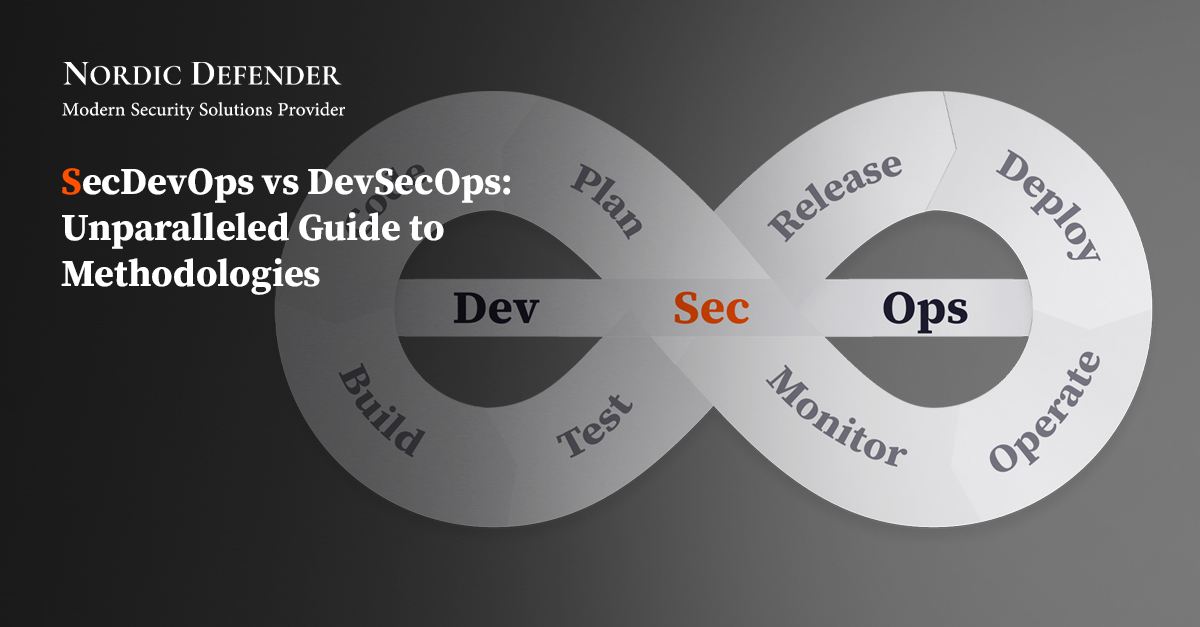Introduction:
In the rapidly evolving landscape of software development, the need for robust security measures has become more critical than ever. The traditional approach of treating security as an afterthought has proven to be inadequate, leading to an increased number of cyber threats and vulnerabilities. DevSecOps, an integration of development, security, and operations, is emerging as a solution to this challenge. One of the key components of a successful DevSecOps implementation is the role of the DevSecOps Defender, a crucial entity responsible for bridging security gaps in the development process.
I. Understanding the DevSecOps Paradigm:
DevSecOps represents a cultural shift in the software development lifecycle, emphasizing the importance of security throughout every phase. Unlike traditional development methodologies, DevSecOps integrates security measures seamlessly into the development pipeline. This ensures that security is not an isolated function but an integral part of the entire development process.

II. The Role of DevSecOps Defender:
A. Identifying and Mitigating Vulnerabilities:
- DevSecOps Defenders are responsible for continuously scanning code repositories and dependencies to identify vulnerabilities.
- Implementing automated tools for static code analysis and dynamic application security testing ensures rapid detection of potential threats.
B. Collaboration Across Teams:
- DevSecOps Defenders facilitate collaboration between development, security, and operations teams to ensure a unified approach.
- Breaking down silos and fostering communication helps in addressing security concerns early in the development process.
C. Implementing Security as Code:
- Security as Code (SaC) involves writing security controls and tests directly into the codebase.
- DevSecOps Defenders play a crucial role in promoting SaC practices, making security an integral part of the development code.
III. Bridging the Gap Between Development and Security:
A. Shifting Left in the Development Lifecycle:
- DevSecOps Defender advocates for a “shift-left” approach, integrating security measures as early as possible in the development cycle.
- Early identification and resolution of security issues lead to a more secure and efficient development process.
B. Continuous Integration/Continuous Deployment (CI/CD):
- DevSecOps Defenders focus on integrating security checks into CI/CD pipelines.
- Automated testing and continuous monitoring ensure that security is maintained throughout the software delivery pipeline.
IV. Automation and Orchestration in DevSecOps:
A. Automated Security Testing:
- DevSecOps Defenders leverage automated tools for security testing to identify vulnerabilities and weaknesses.
- Automation ensures consistent and thorough security assessments, reducing the risk of human error.
B. Orchestrating Security Policies:
- DevSecOps Defenders define and implement security policies that align with organizational goals.
- Orchestrating security policies ensures that all development activities adhere to established security standards.
V. Challenges and Best Practices:
A. Overcoming Resistance to Change:
- DevSecOps Defenders face resistance from traditional development teams resistant to change.
- Implementing training programs, demonstrating success stories, and showcasing the benefits help overcome resistance.
B. Continuous Learning and Adaptation:
- The security landscape evolves rapidly, and DevSecOps Defenders must stay updated on emerging threats.
- Continuous learning and adaptation are essential for staying ahead of cyber adversaries.
VI. Real-world Success Stories:
A. Case Studies of Organizations Implementing DevSecOps:
- Highlighting successful implementations of DevSecOps and the role of DevSecOps Defenders in enhancing security.
- Demonstrating measurable improvements in security posture and development efficiency.
Conclusion:
DevSecOps Defender plays a pivotal role in enhancing the security posture of software development. By integrating security measures throughout the development lifecycle, DevSecOps ensures a proactive approach to cybersecurity. The implementation of automated tools, collaboration between teams, and a shift-left mentality contribute to building robust and secure software applications. As organizations continue to embrace DevSecOps, the role of the DevSecOps Defender becomes increasingly crucial in bridging security gaps and fostering a culture of continuous improvement in software security.
